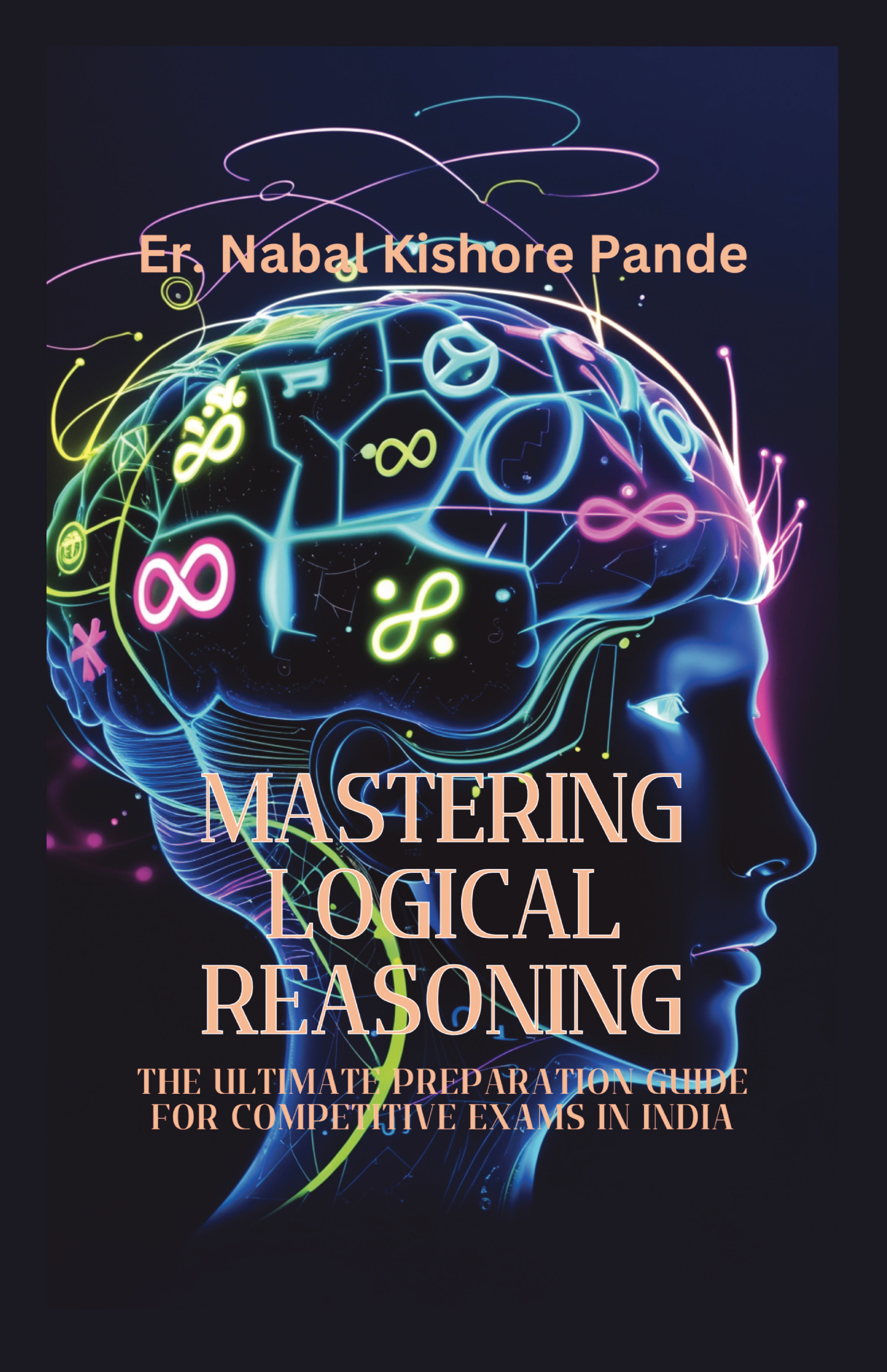
In recent months, there has been an increasing chorus of voices questioning whether the Supreme Court of India has overstepped its constitutional boundaries. Central to this debate is the controversial April 8 order—issued to the President—which mandates that pending bills be cleared within a three‑month timeframe. While the initiative ostensibly aims to expedite legislative clearance, critics argue that it neglects the much broader judicial backlog, where crores of cases languish awaiting resolution. This article delves into the complexity of the situation, analyzing constitutional principles, recent judicial decisions, and the broader impact on ordinary citizens.
I. The Constitutional Framework and Separation of Powers
The Indian Constitution enshrines the separation of powers among the legislative, executive, and judicial branches. Article 50 of the Directive Principles of State Policy and various other provisions emphasize the need for distinct roles. The judiciary, tasked with safeguarding the rule of law, has historically maintained a cautious distance from legislative policymaking and administrative execution. Ideally, its interventions should be confined to ensuring that laws do not contravene constitutional values.
However, critics contend that the Supreme Court has increasingly assumed a role that goes beyond interpretation and into areas of administrative and legislative oversight. When the court intervenes in matters such as the clearance of bills or the resolution of legislative backlogs, it risks encroaching upon domains that are best left to the elected representatives and their administrative apparatus. The order conveyed on April 8 raises urgent questions regarding this very overreach, as it appears to commit the court to engaging directly with the process of legislative clearance.
The Constitution of India delineates the functions and limits of the judiciary. Critics point to this order as a departure from those constitutional boundaries, thereby inviting debate on whether the court is now adrift in a role that approaches legislative administration.
II. The April 8 Order: Promises and Paradoxes
The recent order, issued on April 8, instructs the President to ensure that pending bills are cleared within three months. At first glance, this order might seem like a welcome effort to cut through legislative gridlock. However, the reality on the ground is far more complex. Courts across the country are burdened with crores of pending cases. An estimated 70% of these cases could potentially be resolved in a single hearing or, at most, two hearings, implying that much of the backlog could be addressed through judicial efficiency rather than by imposing arbitrary timelines on legislative matters.
The order, therefore, not only risks misalignment between judicial and administrative processes but also underscores the selective nature of judicial intervention. While expedited clearance might theoretically benefit high-profile cases involving influential businessmen, bureaucrats, and top political leaders—cases that often receive rapid attention—the same cannot be said for the multitude of cases involving common citizens who have been seeking justice for decades. This asymmetry fuels the perception that the current system reflects remnants of a British colonial legacy—a framework that prioritizes elite interests while sidelining the rights of ordinary people.
The stark discrepancy in the pace at which different types of cases are processed suggests a dual-track system of justice. While expedited hearings for influential figures lead to swift decisions, justice for the general populace remains frustrated by procedural delays.
III. Judicial Overreach: Analyzing the Concerns
The Supreme Court’s active involvement in legislative matters has not gone unnoticed. Traditionally seen as the guardian of citizens’ rights, the court’s commitment to judicial independence is now questioned when its functions overlap with those of the legislature and the executive. Here are the primary concerns:
Erosion of Separation of Powers: By involving itself in the legislative process through orders like the one issued on April 8, the court is perceived as blurring the lines that separate different branches of government. This risks undermining the checks and balances that are fundamental to a healthy democracy.
Selective Justice Delivery: When over 75% of the cases being resolved rapidly involve a select group—primarily elite businessmen, bureaucrats, and political leaders—while millions of common citizens await justice for prolonged periods, it raises serious concerns about inequality and favoritism in the judicial system.
Administrative Intrusion: The involvement of the judiciary in what should be administrative or legislative reforms sets a dangerous precedent. An institution designed to interpret and uphold the law risks drifting into the role of an administrator or even a legislator when it directs the processing of bills and cases.
These issues are not simply academic debates; they strike at the heart of public trust in the judicial system. When justice appears to be meted out in a biased or selective manner, the legitimacy of the entire system is called into question.
IV. Historical Context: The Colonial Legacy and Modern Realities
India’s judicial framework, influenced heavily by its colonial past, is often criticized for being inefficient and outdated. The British colonial administration established a system that, while state-of-the-art at the time, has struggled to evolve in response to India’s rapid growth and complexity. Critics claim that this system inherently favors those with the means to navigate its cumbersome processes, thereby perpetuating a cycle of delay and inequality.
The recent order has been seen by some as an attempt to modernize the legislative process. However, by focusing on a narrow segment of cases that can be expedited quickly, it risks reinforcing a bifurcated system: one that rewards speed in cases involving high-profile individuals while neglecting the rights of the average citizen.
The call for reform is thus not new, but it resonates with renewed urgency as India grapples with the dual challenges of judicial backlog and perceived judicial overreach.
V. The Need for a Balanced Approach and Comprehensive Judicial Reform
The problems outlined above suggest a clear need for substantive reform of the justice delivery system. Reforms must ensure that while legislative efficiency is improved, the judiciary does not encroach on areas best managed by the legislature and the executive. Here are some key areas that warrant attention:
Reviewing Procedural Bottlenecks: A detailed audit of the case backlog is necessary. Understanding which cases can be resolved swiftly without compromising due process is critical. Measures could include streamlined processes for cases that have clear evidence and minimal contention.
Reaffirming the Separation of Powers: The judiciary should engage only when there is a clear violation of constitutional rights, rather than stepping into the administrative or legislative arenas. Reinforcing the boundaries will help restore public confidence in the impartiality of the justice system.
Equitable Justice for All: Reforms should address the inherent inequities within the justice delivery mechanism. This may involve improving resource allocation for courts and ensuring that priority is not given solely to high-profile cases but also to those of ordinary citizens who have been denied timely justice for decades.
Implementing these reforms requires not only a willingness by the judiciary to self-regulate but also a proactive approach by the legislature and the executive to modernize their procedures in tandem with the changing societal landscape.
VI. The Broader Implications for Democracy and the Rule of Law
At its core, the controversy over the April 8 order is emblematic of a larger debate about the nature of justice in India. For many, the promise of justice remains unfulfilled, an echo of a colonial past where access to legal redress was a privilege of the few. The recent interventions by the Supreme Court have only served to accentuate these perceptions, causing a growing disconnect between the judiciary and the citizenry.
In a vibrant democracy like India, the integrity of the judicial system is paramount. When decisions appear to favor the elite, it risks eroding public trust and the belief in fairness as enshrined in the Constitution. This scenario is reminiscent of historical periods where the rule of law was subverted by administrative convenience, rather than by a commitment to justice and equality.
The judiciary must act as a bulwark against injustice rather than a facilitator of an expedited, selective justice system. The inherent tension between rapid legislative clearance and comprehensive judicial review poses a challenge that can only be met by thoughtful, far‑reaching reforms.
VII. Charting a Path Forward
The debate surrounding the Supreme Court’s foray into legislative and administrative domains is both complex and deeply symptomatic of larger systemic issues. While the April 8 order to clear bills in three months might appear to be a step towards efficiency, it underscores an alarming trend: the blurring of boundaries among government branches and the selective delivery of justice. With crores of cases pending and millions of citizens waiting for justice, the current trajectory not only risks perpetuating an outdated colonial framework but also threatens the foundational principles of fairness and impartiality.
India stands at a crossroads. The need for judicial reform is undeniable—not just to alleviate the immediate backlog but to redefine a system that serves everyone equally. As the nation moves forward, it is imperative that legislators, administrators, and the judiciary work in tandem to ensure that justice is not a privilege for the powerful but a right guaranteed to every citizen. The call for comprehensive reform is a call for a more balanced, efficient, and equitable system—one that honors the spirit of the Constitution and rectifies the shortcomings of a system steeped in its colonial past.
Only through such transformative change can India hope to build a justice delivery system that is truly modern, transparent, and responsive to the needs of all its citizens. The time for reform is now.
In this article, we have drawn on elements of the Constitution of India, analyses of recent judicial orders, and historical perspectives to explore the Supreme Court’s evolving role. Concerns about judicial overreach and the impact on ordinary citizens highlight the urgent need for reforms that ensure the separation of powers is respected and that justice is uniformly accessible.























Write a comment ...